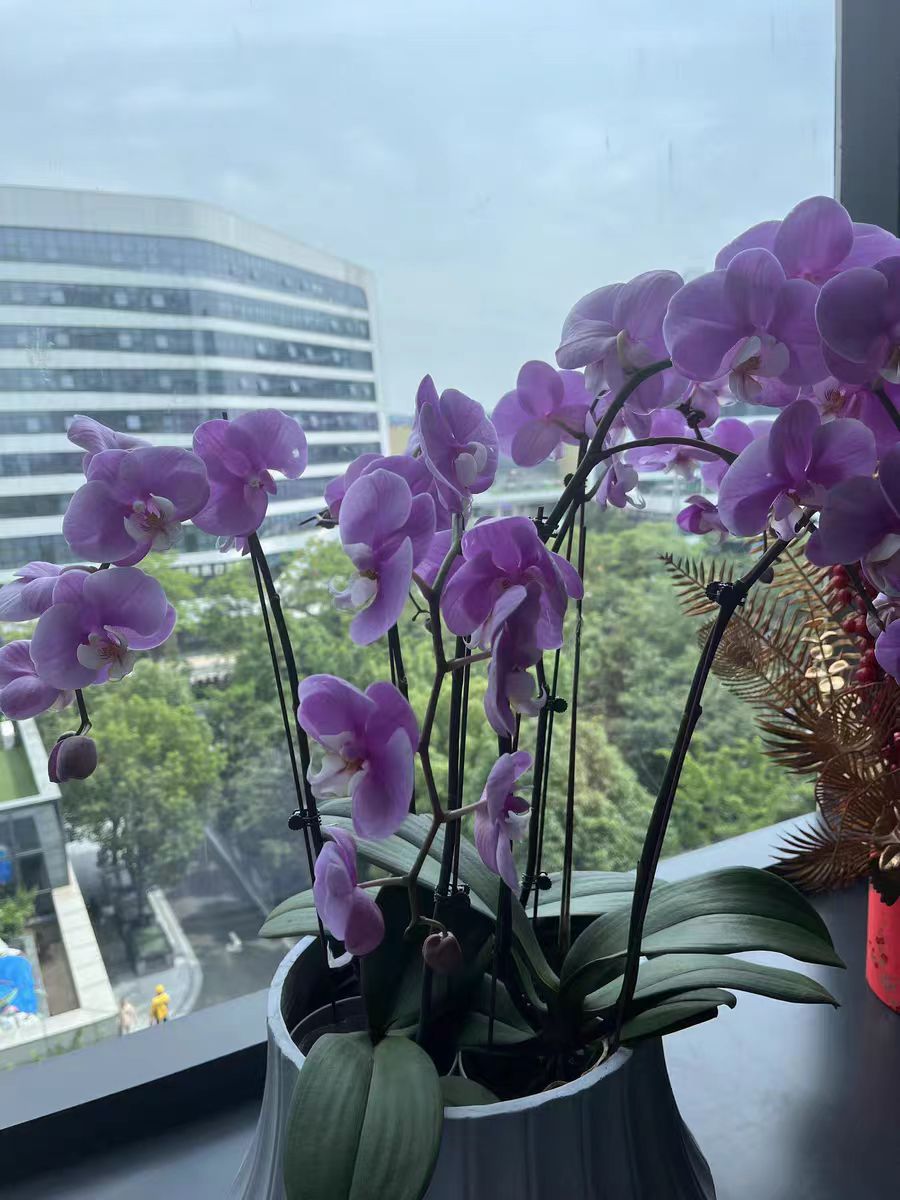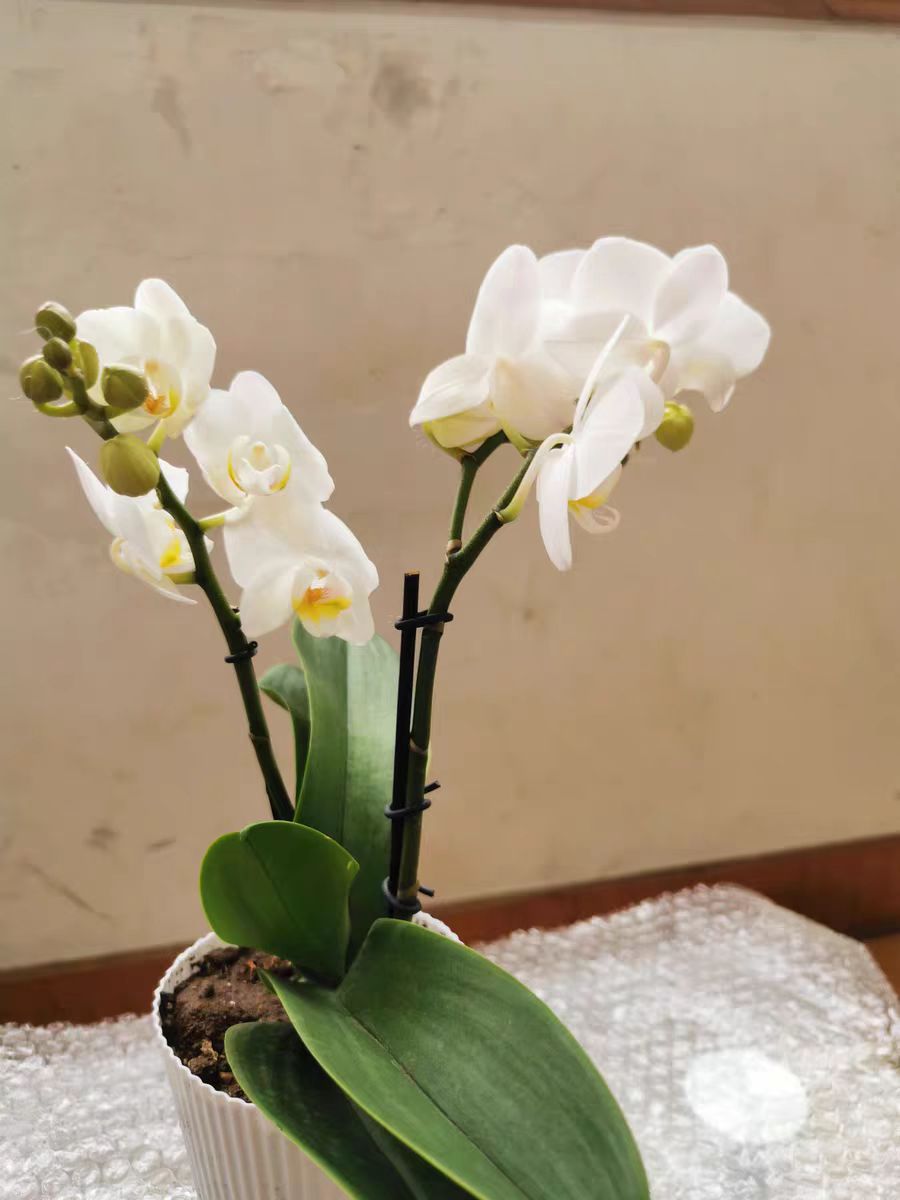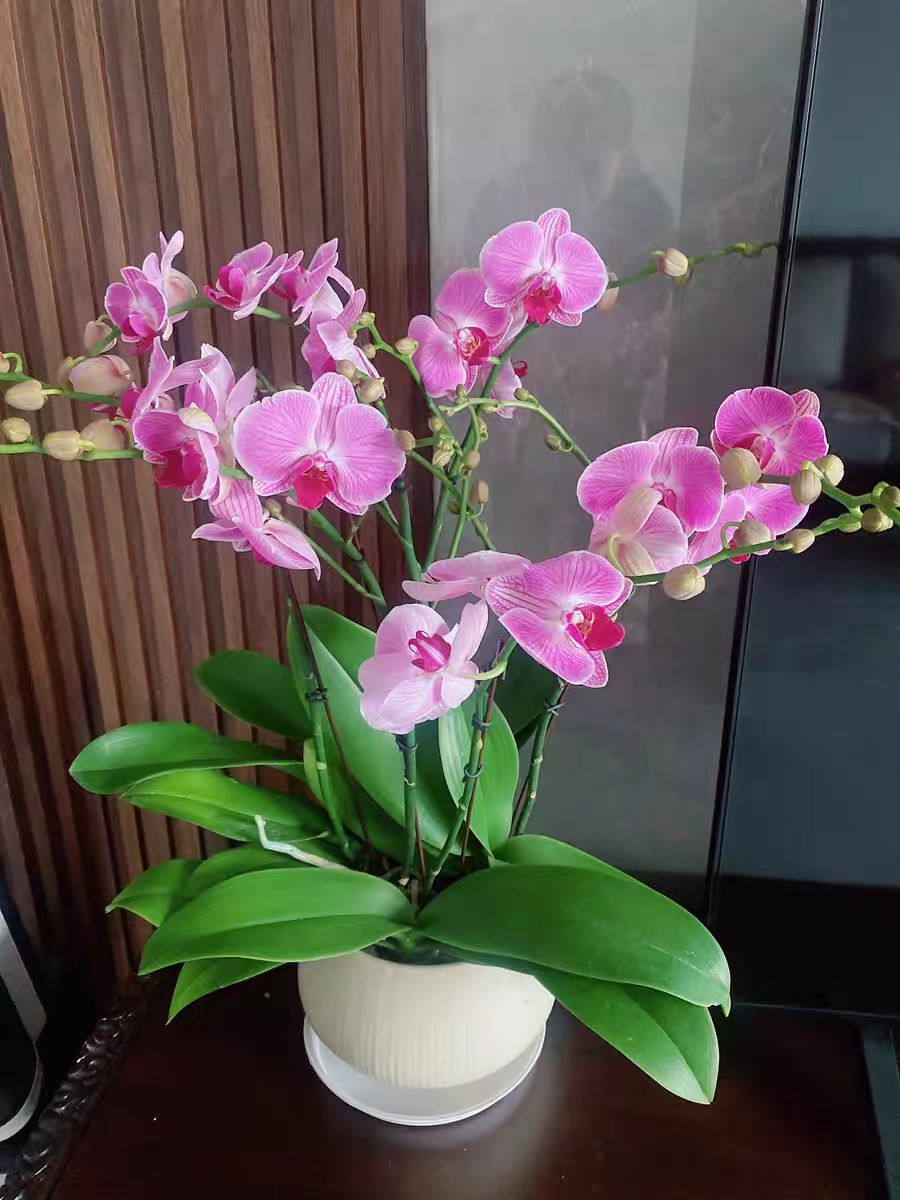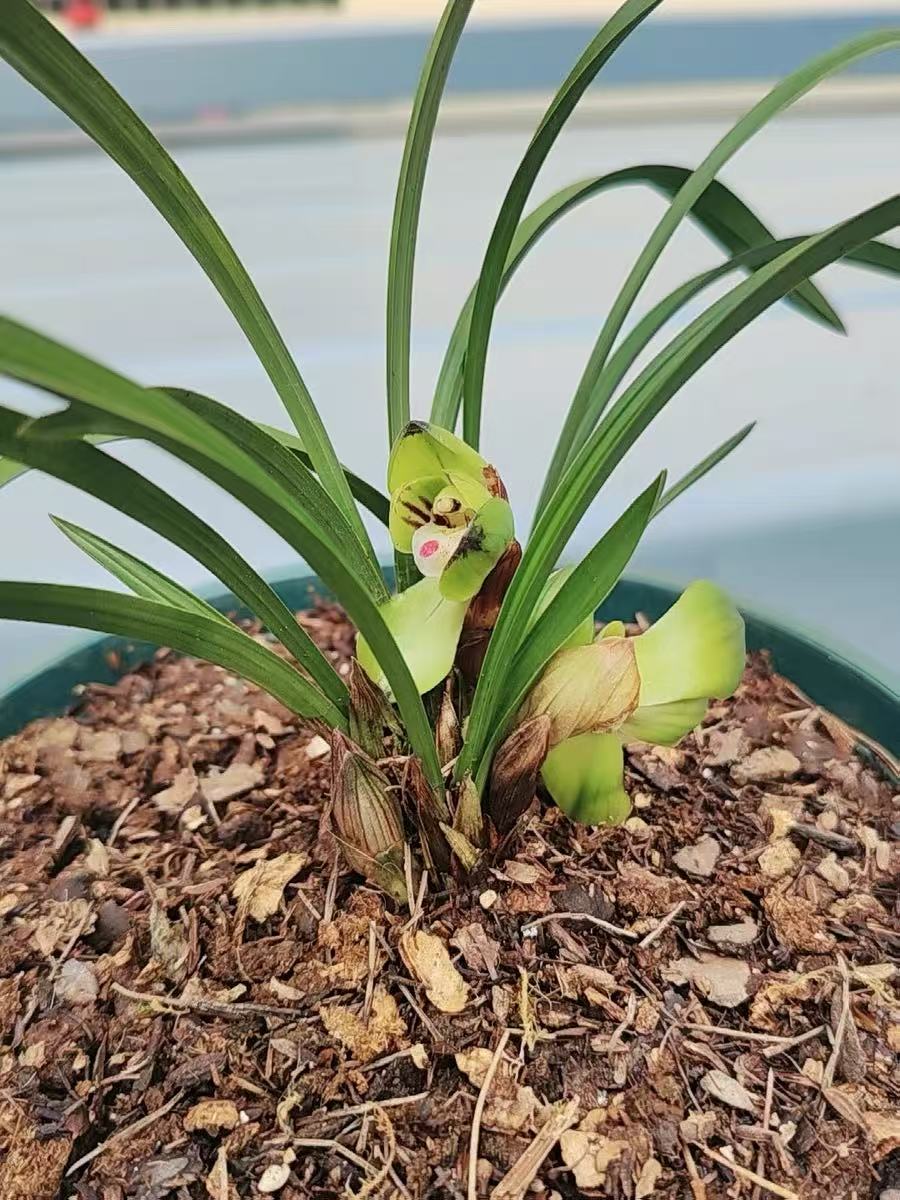During the process of Phalaenopsis cultivation, will the plant die if its roots are cut? If root - cutting is necessary, how should it be properly handled? These questions are crucial to the healthy growth of Phalaenopsis, and improper handling may lead to the decline of this delicate flower.
Cutting the roots of Phalaenopsis doesn't necessarily mean the plant will die, as it depends on various factors. Phalaenopsis is an epiphytic plant, and its roots are responsible not only for absorbing water and nutrients but also for participating in part of the respiration process. Under normal circumstances, healthy roots ensure the thrive of the plant. However, when there are problems with the roots, such as rotting or drying out, appropriate root - cutting can not only save the plant from death but also help it get rid of the diseased tissue and rejuvenate. Nevertheless, if the roots are over - pruned when they are normal, and a large number of healthy roots are damaged, it may disrupt the plant's water and nutrient absorption balance, resulting in stunted growth or even death. For example, if more than 90% of the healthy roots of Phalaenopsis are cut off, the plant is likely to wither gradually due to the inability to obtain sufficient nutrients and water.
When deciding to cut the roots of Phalaenopsis, the correct handling steps are of great significance. The first is the preparation work. You need to prepare a sharp and disinfected pair of scissors or pruning shears. You can disinfect the blades by wiping them with alcohol to prevent bacterial infection. At the same time, prepare a new cultivation medium. Phalaenopsis is suitable for a loose and breathable medium, such as sphagnum moss, bark, and so on.
When cutting the roots, first carefully remove the Phalaenopsis from its original pot and gently shake off the old medium attached to the roots. Then, carefully observe the roots to identify the rotted, dried - out, and blackened parts, which need to be cut off. Use the disinfected scissors to cut at the junction of the diseased and healthy roots, slightly towards the diseased side, to ensure the complete removal of the diseased roots. During the root - cutting process, the movements should be steady, accurate, and gentle to avoid damaging the healthy tissue.
After root - cutting, the wound treatment cannot be ignored. You can apply a fungicide such as carbendazim to the cut to disinfect and prevent decay, and prevent bacteria from entering through the wound. Then, place the Phalaenopsis with the treated wound in a cool and ventilated place to dry for about 1 - 2 hours to allow the wound to heal and form a protective film, reducing the risk of infection.
Repotting is the last step. After the roots are dry, plant the Phalaenopsis in the prepared new medium. When planting, pay attention to straightening the roots to avoid tangling. The planting depth should be moderate to ensure that the roots are in full contact with the medium, providing a good environment for root growth. Do not water the plant immediately after repotting. You can spray some water appropriately to keep the medium slightly moist. After the plant resumes growth and new roots germinate, gradually increase the amount of watering.
Root - cutting of Phalaenopsis is a work that requires careful operation. As long as the correct judgment method and handling skills are mastered, even if the roots are cut, the Phalaenopsis can continue to grow healthily and decorate our living space.
Will Phalaenopsis die if its roots are cut?

Share with
Tagged in :




Leave a Reply